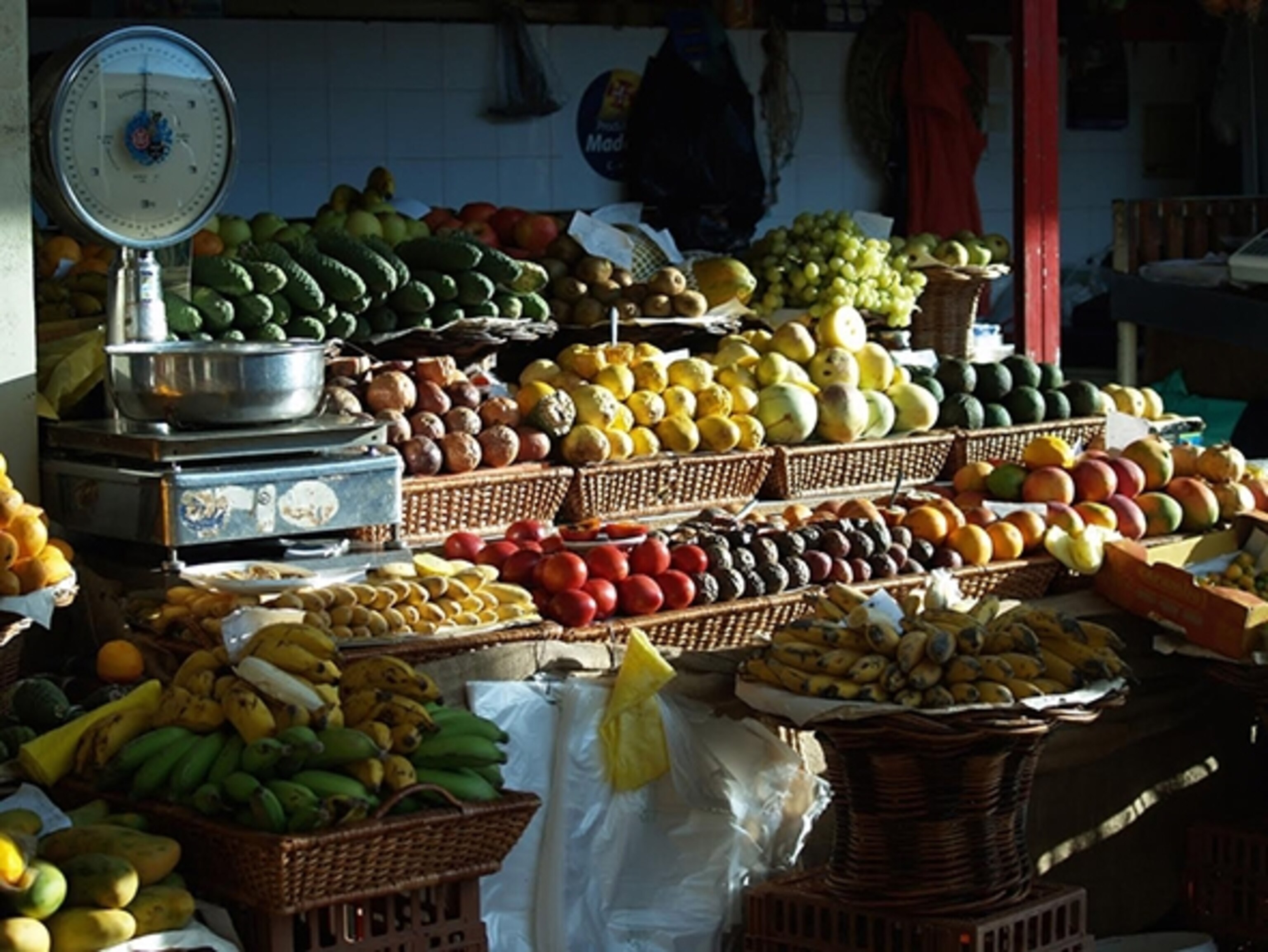
Photo Lesson: Seeing and Using Light
In addition to being longtime contributing photographers for Traveler magazine, my wife Sisse and I are frequently invited to join National Geographic Expeditions trips as photography experts, interacting with guests aboard the National Geographic Explorer.
On a recent trip to the Macaronesia Islands—composed of the Azores and Madeira (both belonging to Portugal), the Canaries (which is under Spanish rule), and the independent country of Cape Verde—we had 25 passengers sign up for a photo workshop with us. We gave them assignments, or themes, to explore throughout our journey—including how to recognize and use light, how to interact with strangers and convey personalities through portraiture, how to tell a story and capture a sense of place through photography, and more.
Each day, we met to discuss the results of their efforts, with Sisse and I providing feedback and suggestions on how to improve. And each day there was a standout photograph that seemed to illustrate the lesson we had intended to teach—so much so that we thought it was worth sharing with the rest of the Nat Geo Travel community.
> Assignment: Seeing and Using Light
Having a good eye for light is one of those skills that takes photographers time, practice, and patience to develop. In the end, it makes all the difference between a successful picture and one not worth taking at all. After all, the word “photograph” derives from Greek roots phōtos and graphé, which, together, roughly translate to “drawing with light.”
One of the first things Sisse and I do during our workshops is to lead a photo walk and point out which light works best for different photo situations. For this assignment, we wanted to stress the importance of having our students find the right light—and then use it to their advantage.
Rather than introduce artificial light (flash), we like to concentrate on getting the most out of natural light at different times of day. If it’s midday, when the sun is directly overhead—which can often produce harsh downcast shadows—we look for areas of open shade or for light that’s being bounced off of a surface, such as a street or the facade of a building, to produce a subtler effect.
In the picture above, which was taken during a morning photo walk in Funchal, Madeira, photographer Margaret McBride honed in on a stall at the iconic Mercado dos Lavradores selling heaps of tropical fruits—bananas, papaya, passion fruit, avocados, citrus varietals, and more. (The island is incredibly fertile due to its volcanic soil and mild climate.)
A shaft of daylight coming in from the side (strong side lighting) brings out the texture of the produce on display. The quality of this light creates depth and dimension, allowing every single piece of fruit to stand out on its own. Because the top and bottom of the frame are in shadow, the emphasis on the fruit is heightened.
> Camera Settings:
- National Geographic Expeditions
- ISO:100
- Lens: 40mm
- Aperture: f/4
- Shutter Speed: 1/400th second
Cotton Coulson and Sisse Brimberg are contributing photographers for National Geographic Traveler magazine based in Glasgow, Scotland. Follow them on Twitter @cottonkeenpress.
> Related:
- Travel with Cotton and Sisse on a Nat Geo Expedition
- Photo Lesson: Conveying Motion
- Photo Lesson: Evoking Mood
- Photo Lesson: Setting the Scene





